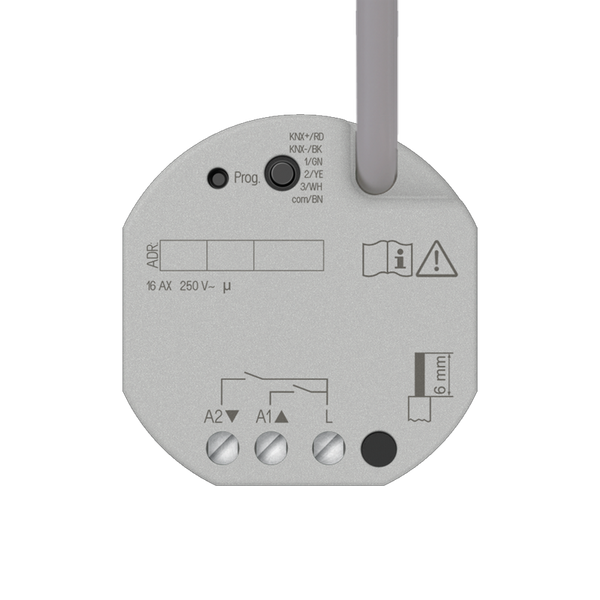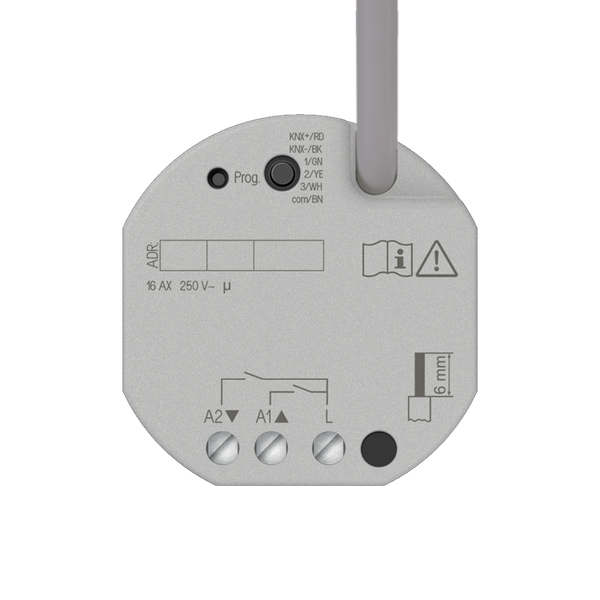Register to unlock your exclusive B2B prices and start shopping. Sign up now!
Switch actuator, 2-gang 230021SU
Order only
Price (excl. VAT):
169,87 €
EAN: 4011377194847
MPN: 230021SU
Box: 1
Estimate delivery time at our warehouse (approx.):
2-4 weeks
Technical Information
| Item condition | New |
| Manufacture name | Switch actuator, 2-gang 230021SU |
| Brand | Jung |
| Categories |
Bus System Devices (KNX/Modbus)
|
| Country of origin* | DE |
| * The actual country of origin may differ depending on the delivery batch. To confirm the specific country of origin, please contact your account manager. | |
| Harmonized System Code | 8537 1098 00 |
| Bus system KNX | Yes |
| With bus connection | Yes |
| Bus system LON | No |
| Bus system KNX radio | No |
| Radio frequent bidirectional | No |
Packing details
| Packing level 1 | 4011377194847 |
| Packing level 2 | 4011377194847 |
Other Technical data
| Mounting method | Flush mounted (plaster) |
| Rated current | 0 A |
| Output power | 0 W |
| Rated operating voltage | 21-32 V |
| Bus system radio frequent | No |
| Bus system Powernet | No |
| Max. switching power | 3000 W |
| Max. number of switching contacts | 2 |
| Width in number of modular spacings | 0 |
| Max. switching current | 0 A |
| Other bus systems | None |
| Suitable for C-load | Yes |
| Different phases connectable | No |
| Local operation/hand operation | No |
| With LED indication | No |
| Modular expandability | No |
| Bus module detachable | No |
| Min. depth of built-in installation box | 0 mm |
Downloads
Description
Switch actuator, 2-gang for integration into KNX bus systems.Designed for automated control in lighting or general power distribution networks.Enables reliability and efficiency within flush-mounted installations (plaster). Rated operating voltage:21-32 V.Bus system KNX supported.Mounting method:Flush mounted (plaster).Suitable for controlling capacitive loads (C-loads) with a max switching power of 3000 W across two selectable load contacts.No LED indication present.Max switching contacts:2 channels available onboard output capacity to manage attached circuits effectively. Other bus systems coverage excluded;no support for LON-based connections, Powernet configurations, or radio-frequency add-ons like KNX RF extensions—not modularly expandable nor field-extendable–fixed unit function constraints purposeful hardware simplifications local hand-operation bypass mechanisms disable standalone redundancy normal signal latency pathways redundant-conditioning primary termination
Accessories
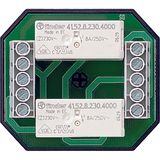
Order only
Jung
Decoupling relay TR-SUP
74,52 €
EAN: 4011377021020
MPN: TR-SUP
Box: 1

Order only
Jung
Decoupling relay TR-SREG
84,90 €
EAN: 4011377125254
MPN: TR-SREG
Box: 1
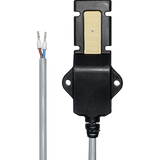
Order only
Jung
Leakage sensor LES01
90,69 €
EAN: 4011377158283
MPN: LES01
Box: 1
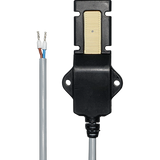
Order only
Jung
Condensation sensor BTS01
90,69 €
EAN: 4011377158290
MPN: BTS01
Box: 1
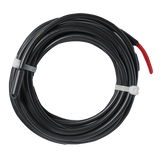
Order only
Jung
Remote sensor FFNTC
24,41 €
EAN: 4011377206977
MPN: FFNTC
Box: 1
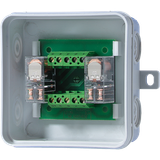
Order only
Jung
Decoupling relay TR-S
84,90 €
EAN: 4011377737204
MPN: TR-S
Box: 1
Accessories
4011377991231
